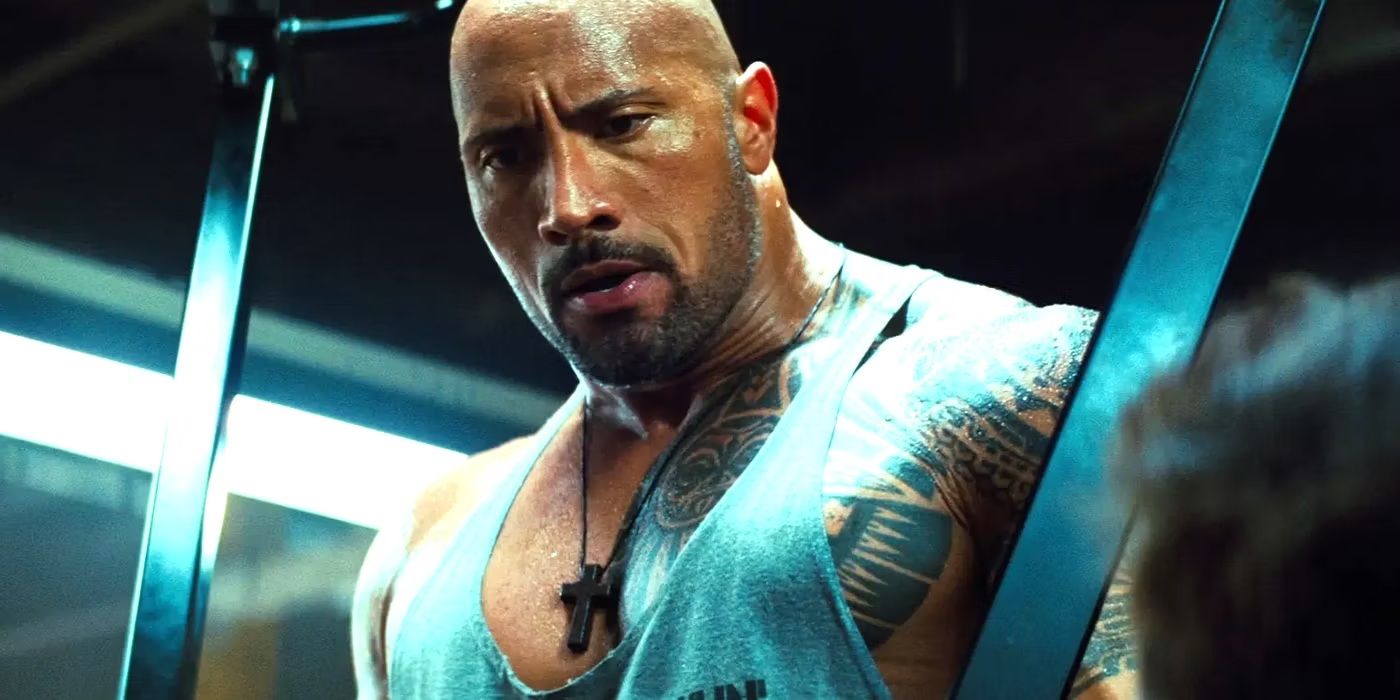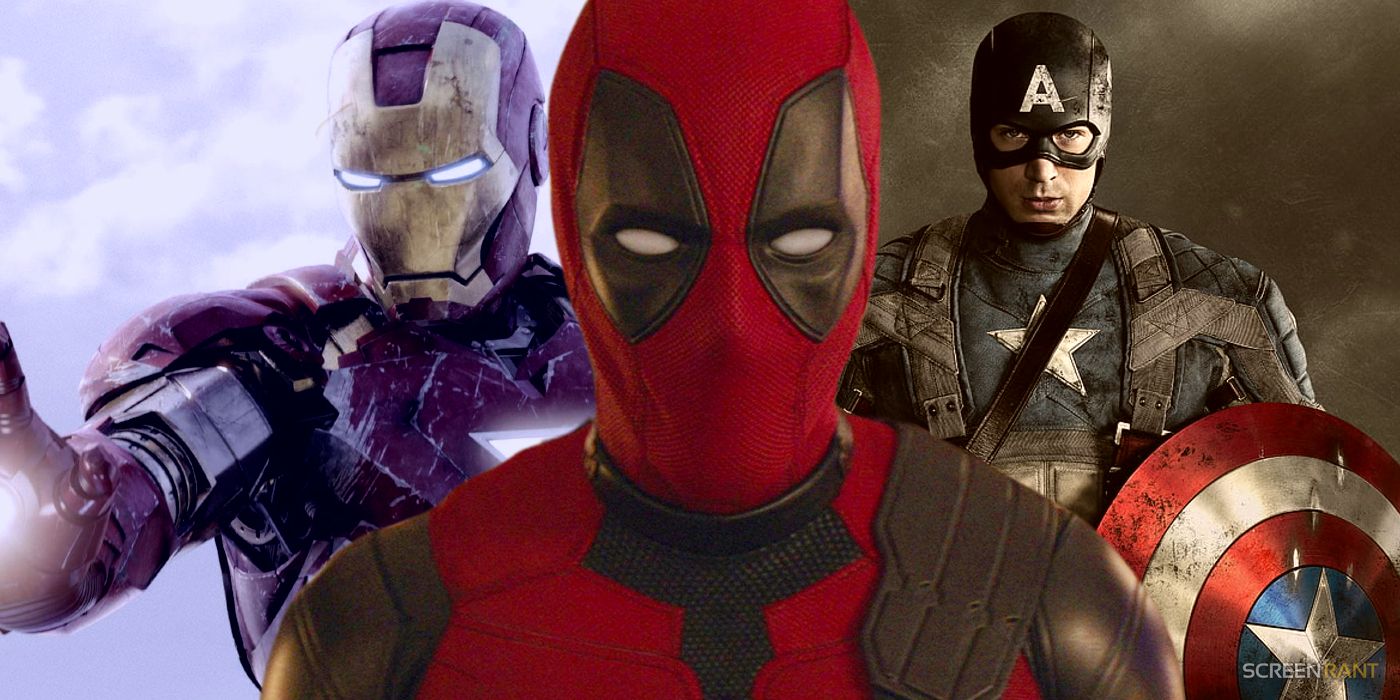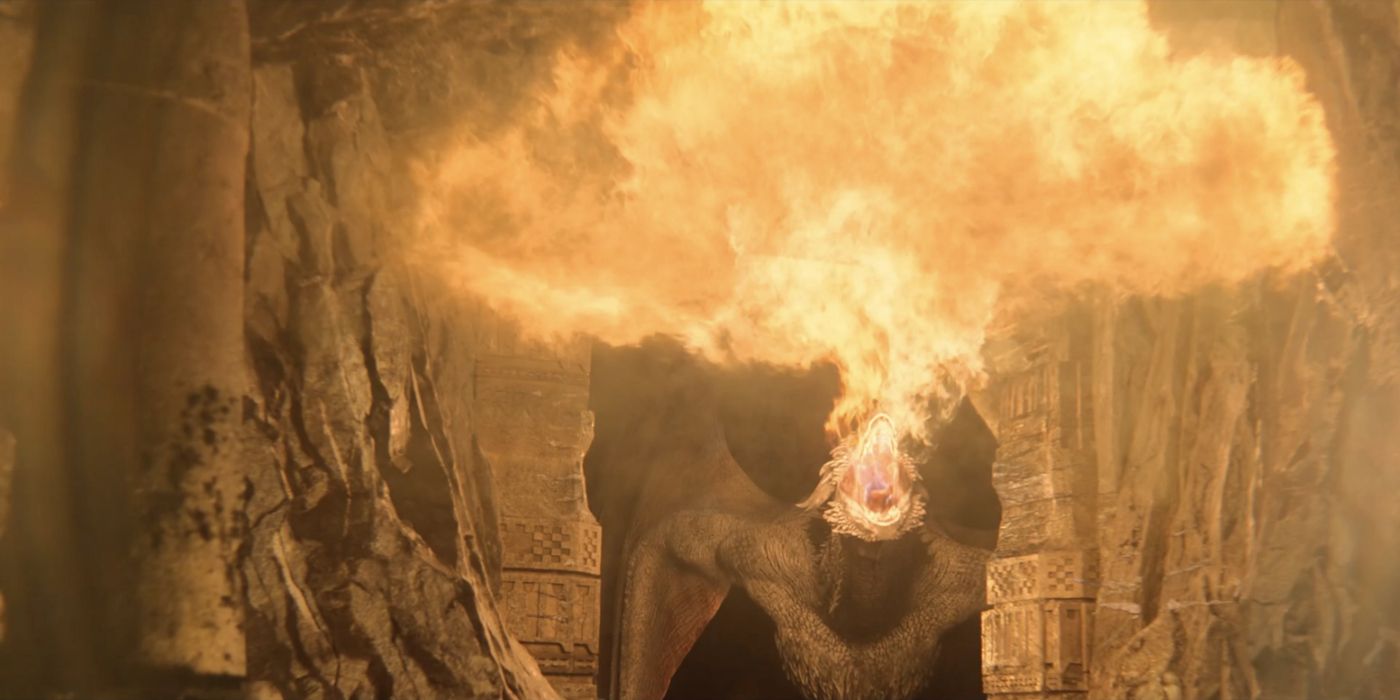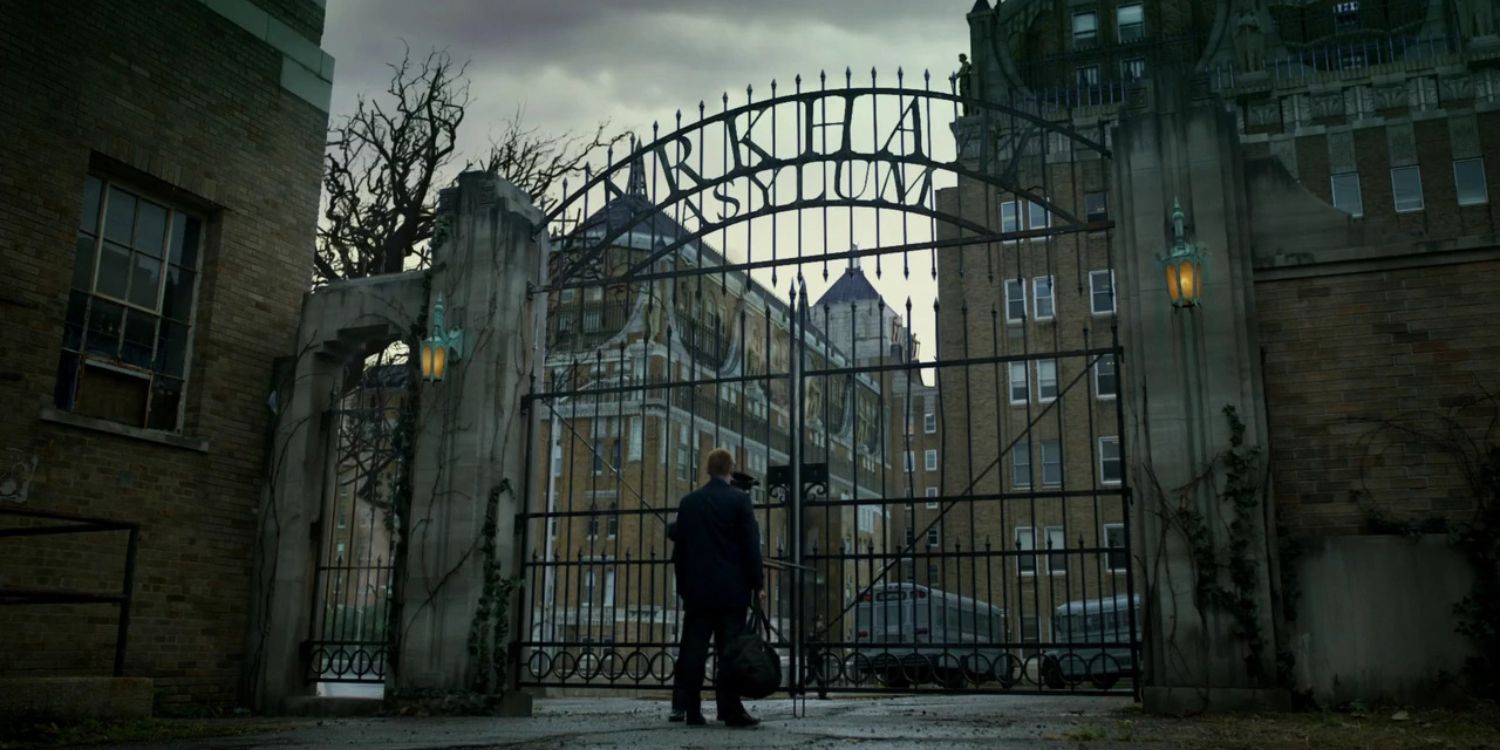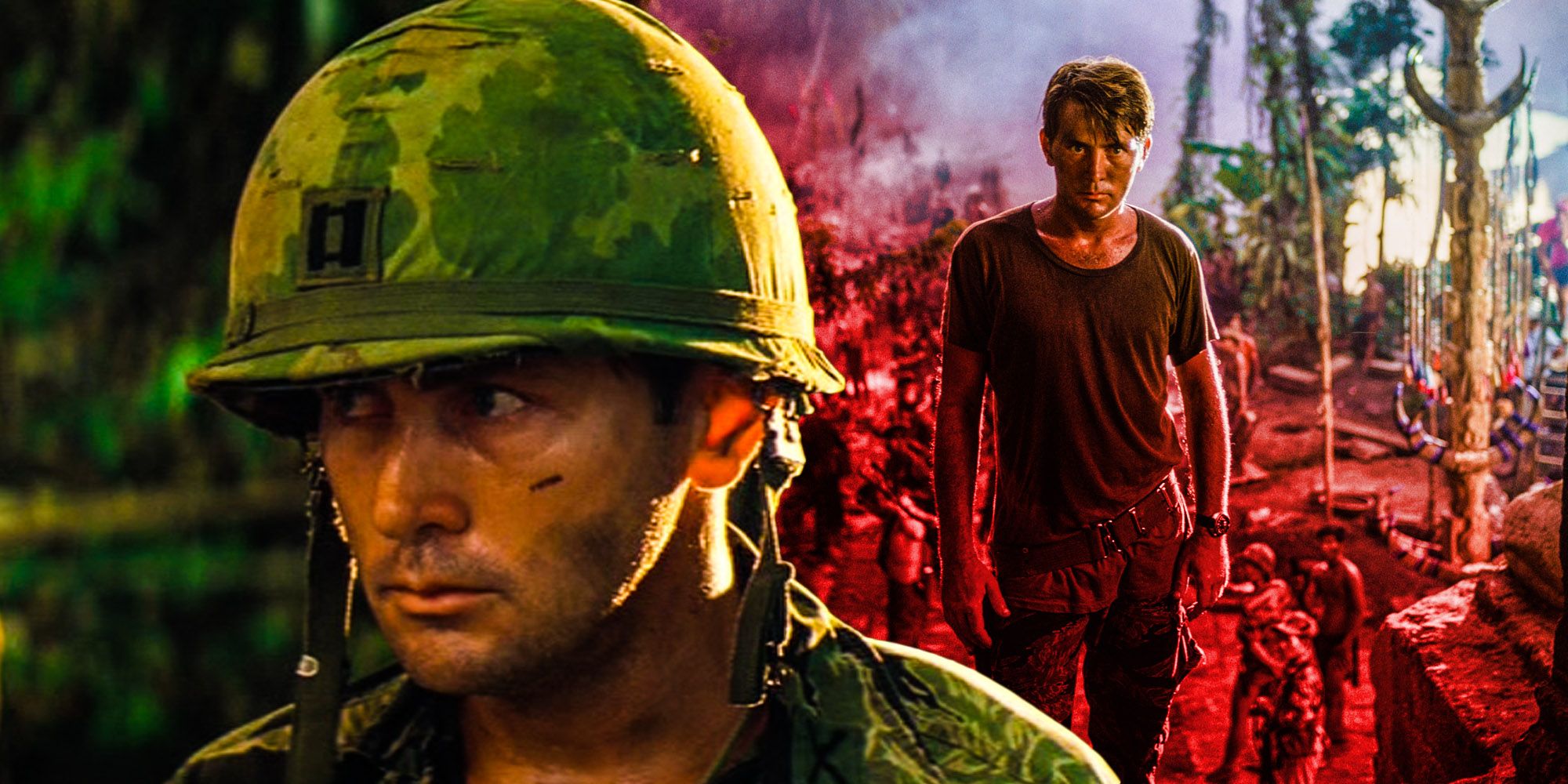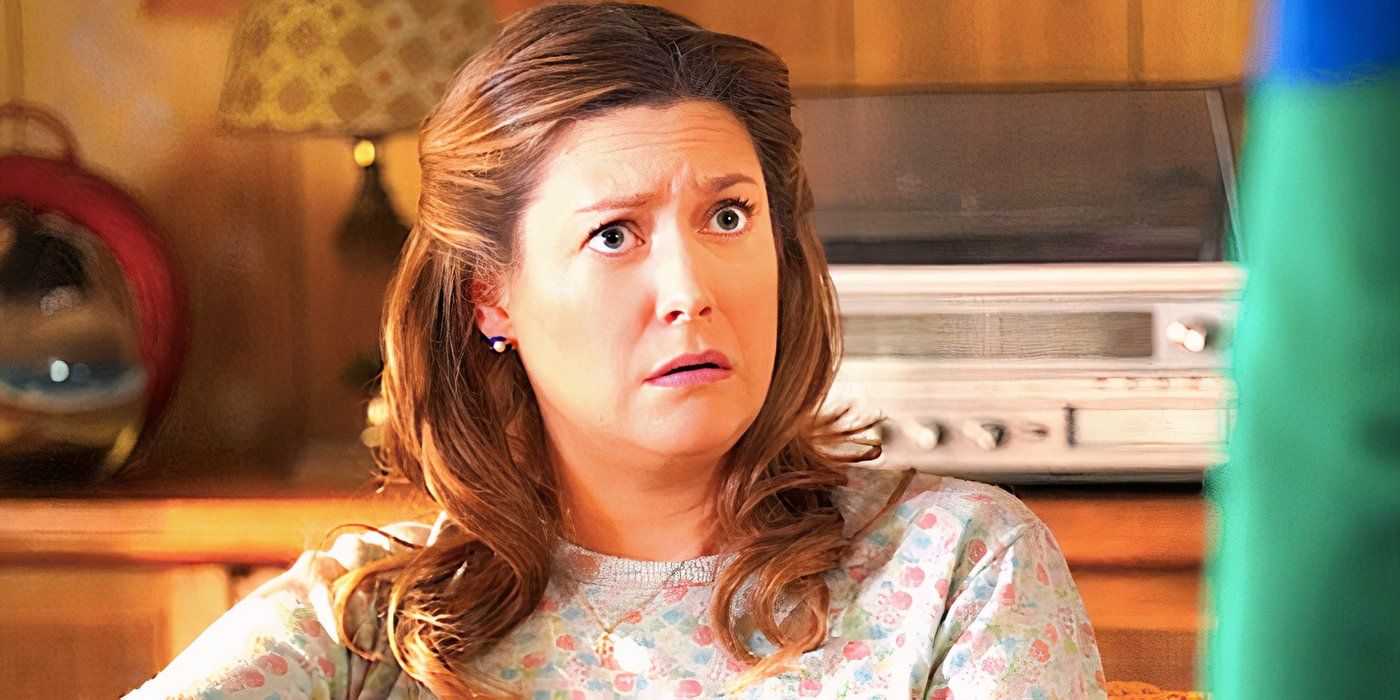Let’s just get this out of the way up front: the Walking Dead comic books aren’t very good.
Yes, they’ve managed to help create one of the most popular television series – well, make that franchises, thanks to the recent debut of the spinoff showFear the Walking Dead – currently on the air. And, yes, they continue to move an unbelievable amount of copies off of store shelves, helping to keep the ever-smaller comic shop industry alive and kicking.
But series creator and writer Robert Kirkman is only capable of going half the narrative distance, creating the parameters of the premise, basic character outlines, and general story beats; it’s been left to the whole gamut of showrunners and executive producers working on the AMC series to put the flesh on all those bones, delivering an experience that is head-and-shoulders above the source material.
There are so many improvements seen on the small screen, it’s hard to narrow them down to just a handful, but we’ve done just that in preparation for the craziness that is sure to come in season six. Let’s explore the 10 Reasons the Walking Dead TV Show Is Better Than the Graphic Novels, shall we?
Better dialogue
One of the very first scenes of the entire series is a quiet, simple conversation between Rick Grimes (Andrew Lincoln) and Shane Walsh (Jon Bernthal), talking about relationships, ranging from Rick’s rocky marriage to Shane’s general observations about women-folk and their aversion to turning off the lights when they leave the room. It’s funny, character-building, expositional, and not at all what one would expect from a post-apocalyptic zombie television series – in other words, it’s a sheer streak of genius. The exchange is masterfully executed by series developer Frank Darabont, and it lays down the gauntlet for countless similar moments to come throughout the remainder of the series (anything between Rick and Hershel Greene [Scott Wilson] instantly comes to mind).
There is absolutely nothing like this in the source material. Part of this has to do with the disparity between film and comics; what takes only a minute or two on the screen takes up considerably more with sequential art. But more of it has to do with Robert Kirkman’s clumsy, clunky writing, with his throwing out dialogue that is more wooden than anything George Lucas could ever come up with. Exposition is artificially – rather than organically – inserted, and characters tend to devolve into screaming monologues as opposed to actually bouncing ideas and emotions off of one another.
Better characterizations
Going hand-in-hand with better dialogue, of course, comes better characterization. Under Kirkman’s handling, the cast of characters comes across more as cardboard cutouts rather than living and breathing human beings; just like their dialogue, they’re moved around woodenly and made to say and do certain things to simply advance the plot.
Perhaps the best example of the difference in character development is Carol Peletier (Melissa McBride), a rather bland background player from the comics who is made the victim of domestic abuse in the television series. In the comics, she is a widow; in the show, she must contend with her overbearing husband until he is killed by walkers. In the former, she is desperate for attention and ultimately commits suicide when her new romance is abruptly broken off; in the latter, she becomes a hardened and competent survivor, often pulling her group of survivors through whatever challenge faces them. In short, the one Carol is a victim and a passive presence, while the other is a dynamic force who becomes a leader.
The only thing more amazing than the differences listed above is in how they repeat for nearly every single one of the main cast.
Better pacing
This is a major one.
In the comic books, it’s not unusual to see an entire transitionary phase for the group of survivors to be crammed into just a few pages – or, even worse, into one amateurishly written monologue that is disguised as dialogue between multiple characters. In the television series, despite the differences in how specific storylines unfold (at the end of season three, for example, the leftover residents of Woodbury are brought into the fold at Rick’s prison, instead of the other way around), each step along the way is allowed enough room to breathe.
The journey from the Atlanta camp (the main Season 1 locale) to Hershel’s farm (Season 2) is depicted in one long, 90-minute episode, for instance, allowing the characters’ psychologies to be affected by the change in their situation and giving the audience enough time to similarly let everything soak in. Even more impressively, the entirety of Season 4.5 (after the mid-season break) is devoted to the characters making their way from the prison to the safe haven of Terminus. In this way, the plot feels like a natural progression instead of a contrivance.
Better cast of characters
Shane sticks around in the show for nearly an entire season longer than he does in the source material. Hershel lasts another half-season, while Carol is at an unbelievable three extra years. When combined with their more refined level of development, these three individuals alone end up making a bigger splash on the rest of the cast – which, in turn, ends up creating a more narratively tense (and rewarding!) scenario, like an endless feedback loop.
And that’s not even considering those characters who aren’t even in the comics, such as Daryl and Merle Dixon (Norman Reedus and Michael Rooker), or those who are nearly completely different in either their personalities or their relationships with the rest of the cast, such as Lori Grimes (Sarah Wayne Callies) and Tyreese Williams (Chad L. Coleman). Instead of the much larger and utterly disposable cast in the comics, which features a number of individuals who are interchangeable in their characterizations or plot functions, the AMC series is remarkably diverse, developed, and dramatic.
Better relationships
Hershel becomes something along the lines of Rick’s priest and counselor, helping to guide him philosophically, morally, and spiritually. Lori and Shane have an active relationship when Rick returns, leading to some rather messy – and conflicting – messages between the two and resulting in Lori’s near rape. Beth Greene (Emily Kinney) and Daryl, two polar opposites, become close, teaching one another about the mechanisms of survival and emotional interdependence. Michonne (Danai Gurira) and Carl Grimes (Chandler Riggs) have a deep, almost familial comradery, with the latter bringing the former mother back from her depression and grief after the outbreak of the zombie apocalypse.
Thanks to the more well-rounded cast, their increased effectiveness at communicating with one another, and storylines that allow them time to get to know one another, the relationships depicted on the series far outshine anything done under Kirkman’s handling, breathing a new sort of life (no pun intended) into his rather threadbare narrative.
Better story
The ultimate point of the Walking Dead comics is that… there is no point. The genesis behind Robert Kirkman’s creation was to see how the typical zombie movie would continue after it ended – and then keep on going, and keep on going, with, apparently, no end goal in sight (though Kirkman has recently said that he does have an idea of what the ending will be – eventually, when he ultimately drifts there).
The television adaptation, to be fair, features the same lack of a narrative spine – the survivors go there, and then some die, and then they go over here, and more die, ad nauseam – but the fact that there is such richer character material to draw off of and that Rick’s emotional evolution (or devolution, as the case may be) is more naturally drawn to the forefront makes for a more rewarding experience. (That original creation Daryl’s own character development, from psychologically damaged outcast to fully emotionally and socially integrated pillar of the community, serves as a neat counterpoint to Rick’s and completes the much fuller TV package.)
It’s not quite a full-fledged story – not yet – but it’s still an endlessly compelling one.
Better immersiveness
Comic series artists Tony Moore and Charlie Adlard do a remarkable job in creating an absorbing atmosphere, one that draws the reader in and rarely, if ever, lets him go.
The AMC series takes that foundation and builds upon it in droves, thanks to such necessities as full motion and color. (Are these two ingredients necessary for a successful recipe? No, but they certainly add a certain spice all their own that is hard to resist.) The production design and location scouting are top-notch, and not just in the context of bringing the source material to life – most television productions should be envious of the cinematic qualities that The Walking Dead summons on a weekly basis.
The show’s secret weapon, however, is in one final element that comics sadly lack: a soundtrack. Composer Bear McCreary is one of the best in the history of the medium, and he certainly uses his talent to full effect on the show, helping each scene just ooze atmosphere and crafting one of the greatest opening themes of all time.
The original creations – characters
While most of the show’s content is taken from the source material in one form or another, there is a small-but-potent number of characters created exclusively by showrunners Frank Darabont, Glenn Mazzara, and Scott M. Gimple.
The big star here, of course, is Daryl Dixon, who is something of an anti-hero, like the mirror version of series protagonist Rick Grimes, but who is the exact opposite of the former sheriff’s deputy: rather than growing more feral and wild the longer he survives in the post-apocalyptic world, he grows and develops as an individual, representing the very best that can happen to any of us in even the worst situations. The fact that he’s arguably the most popular character in the Walking Dead mythos is perfectly understandable, given that he singlehandedly eclipses anyone seen in the comics.
Joining Daryl are several others that may not have anywhere near his bathos, but who help develop the rest of the principal cast in highly dramatic ways. These start with Randall Culver (Michael Zegen), who becomes the centerpiece of a moral dilemma by the group (will they or won’t they execute him before he rats out their location?), and ends with Meryl Dixon, the worst dredge of the human race who still manages to find a small, simple way to be a hero.
The original creations – plot points
Under original showrunner Frank Darabont’s watchful eye, Robert Kirkman’s non-story got an early dose of substance and foreshadowing. The first season finale sees the survivors reach the Center for Disease Control headquarters in Atlanta in the hopes of discovering sanctuary, a working government, and a cure, in that order; instead, what they find is one lone researcher continuing on the last fumes before the entire facility will self-destruct (to prevent pathogens from possibly escaping).
It’s a simple premise, but it’s a deft touch, turning the government-as-saviors trope on its head and forcing the characters to realize one fundamental truth: there is no one left in any semblance of control or knowledge, not anywhere in the world. It’s a bleak note, but it also gets right to heart of the matter: the nature of the zombie disease that has spread all across the planet. The comic, sadly, gets no such injection, and especially not in its opening storyline.
There’s been plenty of original additions later on in the show’s run, as well, such as Terminus, the city that is labeled as the last, best sanctuary for humankind, and the flu-like disease that ravages the band of survivors while they’re holed up in the prison. Both are particularly nice wrinkles on the zombie apocalypse formula.
The Governor
The character of Philip Blake (David Morrissey), better known as the Governor, acts, in many ways, as the grand culmination of all the previous items we’ve been discussing. Think of him as the living embodiment (as it were) of the adaptation’s success over its progenitor.
It’s not hard to see how. In the comic books, the Governor is a one-dimensional cartoon character, a moustache-twirling sociopath who possesses no redeeming qualities whatsoever. Even worse, his storyline nearly transforms the comic into torture porn: as soon as things turn sour between him and Rick, he chops the other’s hand off – and then he gets to work on Michonne, brutally beating and then raping her. In revenge, Michonne out-Hostels him, chopping off his arm and his testicles and ripping out his fingernails and eyeball.
The show transforms him into more a reflection of real-world despots, driven by an insatiable need for authority and sense of insecurity both – yet he is compassionate enough to enter into a tender relationship with Andrea (Laurie Holden), and even after everything falls apart for him, he valiantly makes an attempt to forge a new life for himself, including the adoption of the Chambler family as his very own. By his demise, his true nature has more than reasserted itself, but the writers managed to make the audience feel empathy for him – and even briefly believe in his possible redemption.
Now that’s writing.
–
Did we miss a way in which the show vastly improves upon the Walking Dead graphic novels? Or do you think we’ve got it all wrong, and the original version is the far superior one? Sound off in the comments below!
